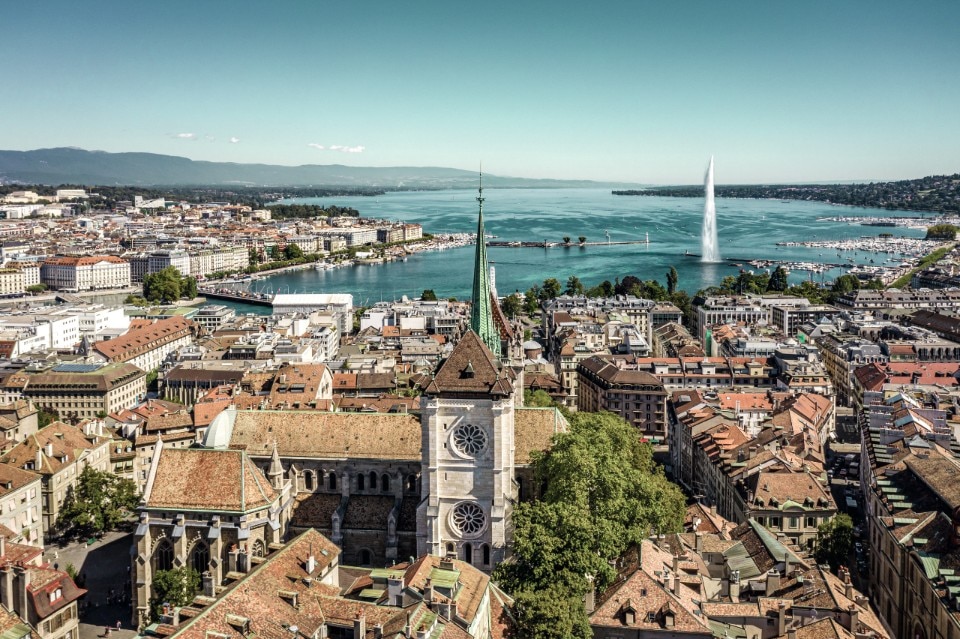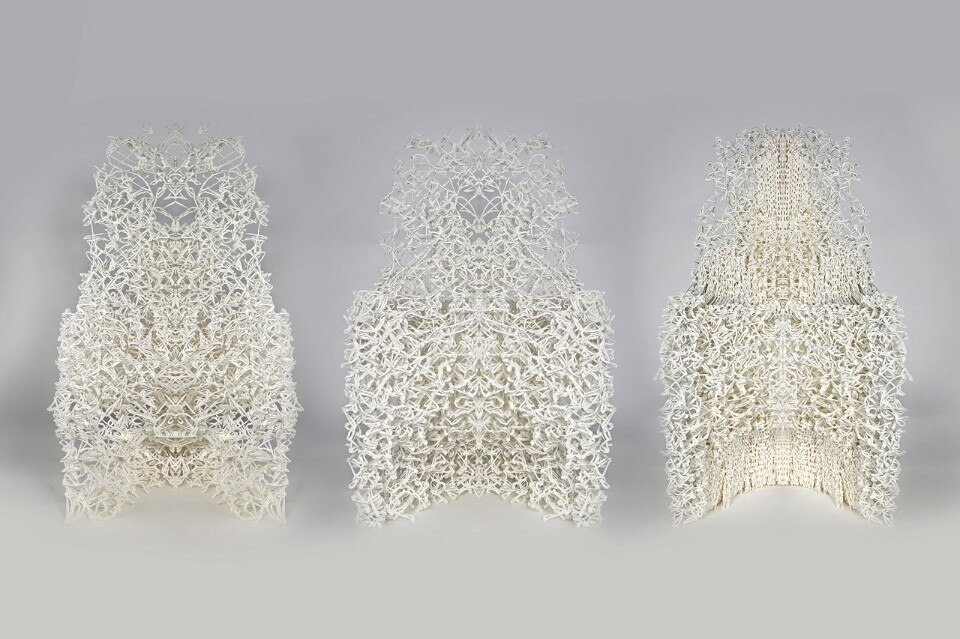
The team developed a custom-made extruder which can extrude 4-6mm thick wires in the air, avoiding layered printing.
The industrial robot drags plastic from the extruder in the air where it is cooled down. This method allows to print faster, use less material, and achieve filigree like structures with a high degree of detail. CurVoxels developed a digital technique that uses a combinatorics algorithm to aggregate a single curvilinear element into a continuous, kilometres-long extrusion. The printed objects are extruded in a single, continuous and seamless plastic line, which allows the robot to never interrupt the printing process. This computational method is synthesised in a small App, which allows designers or users to customise their chairs and generate toolpaths for the robot.
Initially, a model of the Panton chair is voxelised, a process of dividing an object into 3-dimensional pixels. These voxels are translated into a basic spatial curve, which can adopt different orientations, generating an overall pattern throughout the geometry. A printable spatial curve was developed as a building block for a combinatorial system that generates a single continuous spatial curve to enable the industrial robot and customized extruder to print the space frame structure without stopping. The size of the voxels changes depending on the amount of stress in the chair, distributing different material densities. The voxelised Panton chair is more volumetric than the surface-like original.
The system works by calculating tangents and points of connectivity to other voxels from the curve of a single voxel. Each discrete voxel unit has 24 possible rotations, which enables it to generate a differentiated, heterogeneous pattern. Converting a curve into a discrete voxel unit enables quick evaluation of printability with a high level of control over patterns that can be modified until an optimal design is reached.
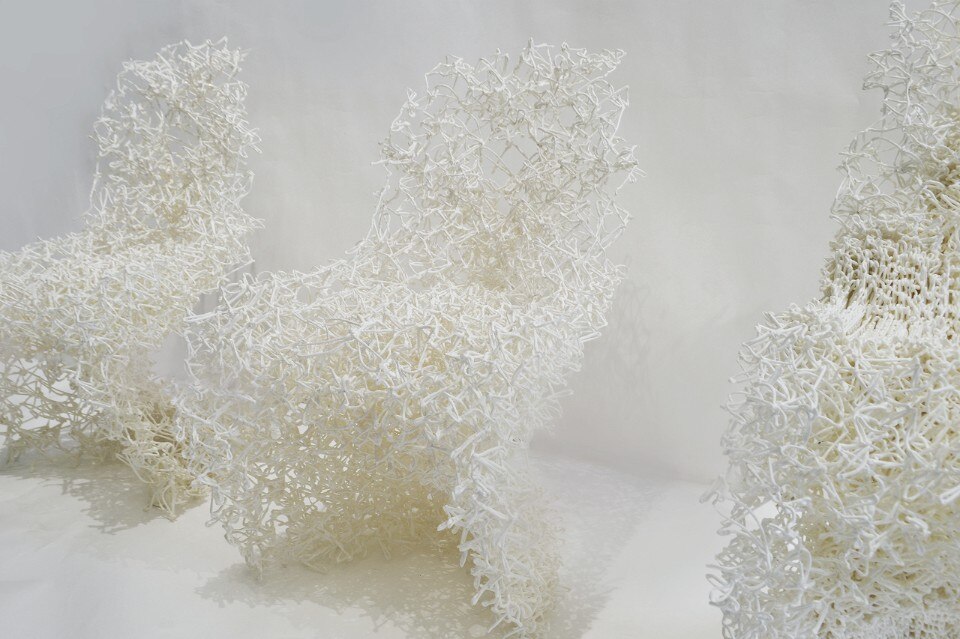
When the voxels are very small, the spatial curve effectively becomes no more than a line. What appears as two different formal syntaxes, curvilinear versus linear, is actually the product of a single spatial curve on different scales. Through the first simulations, twelve different design issues where examined, of which toolpath continuity, patterns resulting from combinatorics, printability and density were the most important.
CurVoxels uses this method to introduce different material densities in the structure, but at the same time this differentiated voxel also introduces multi-scalar patterns with different levels of hierarchy. In further architecture-scale speculations, this property can be used as a space-generating device, understanding large-scale hollow spaces as large voxels, and the surrounding structure as dense material with a small voxel.
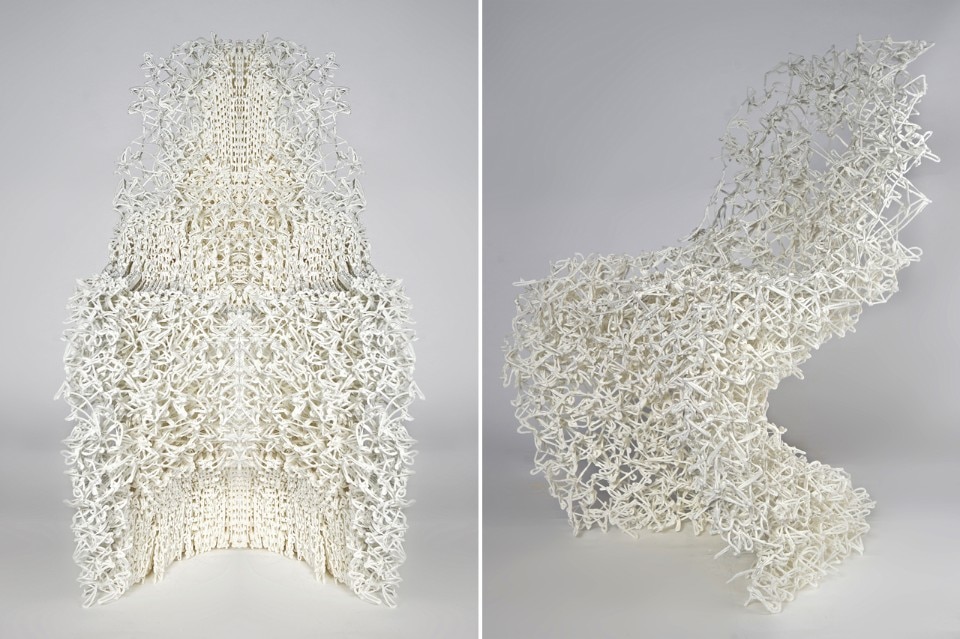
Spatial Curves
Design: Team CurVoxels (Hyunchul Kwon, Amreen Kaleel, Xiaolin Li)
Tutors: Manuel Jiménez García, Gilles Retsin, Vicente Soler Senent, Research Cluster 4 at UCL the Bartlett School of Architecture
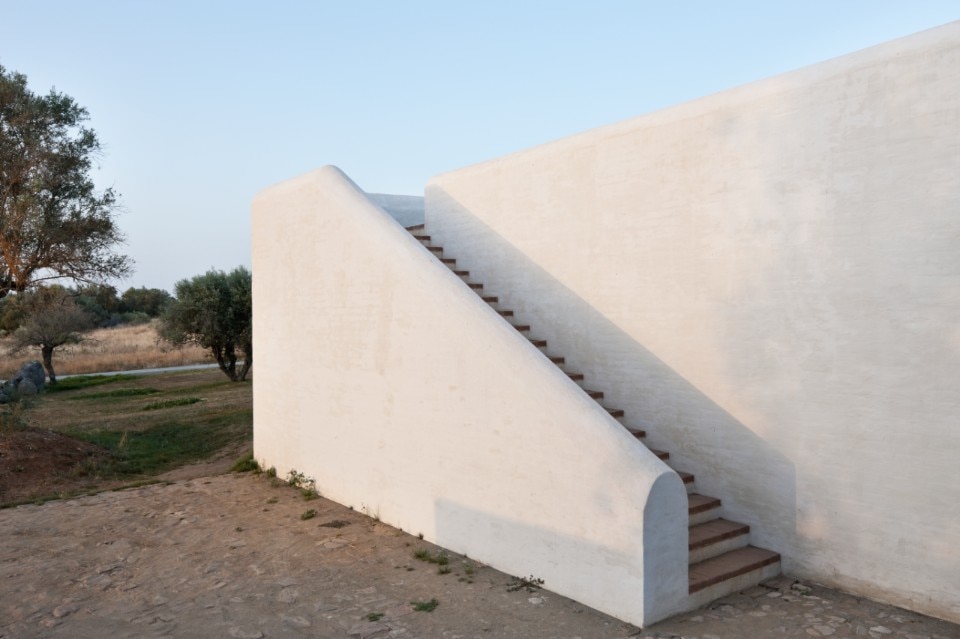
A prize for architecture between lights and volumes: LFA Award
An international photography competition that invites photographers worldwide to capture the essence of contemporary architecture. Inspired by the work of the famous Portuguese photographer Luis Ferreira Alves, the award seeks images that explore the dialogue between man and space.





